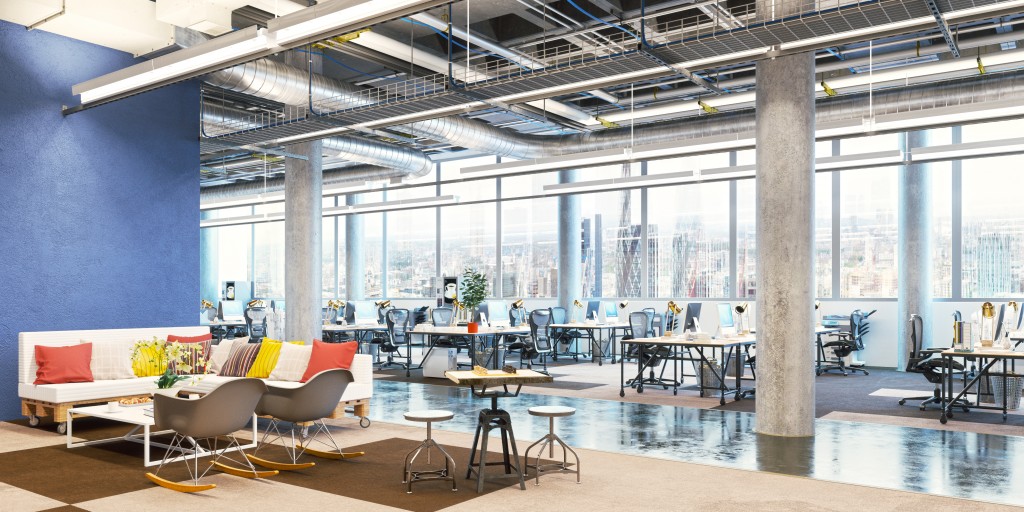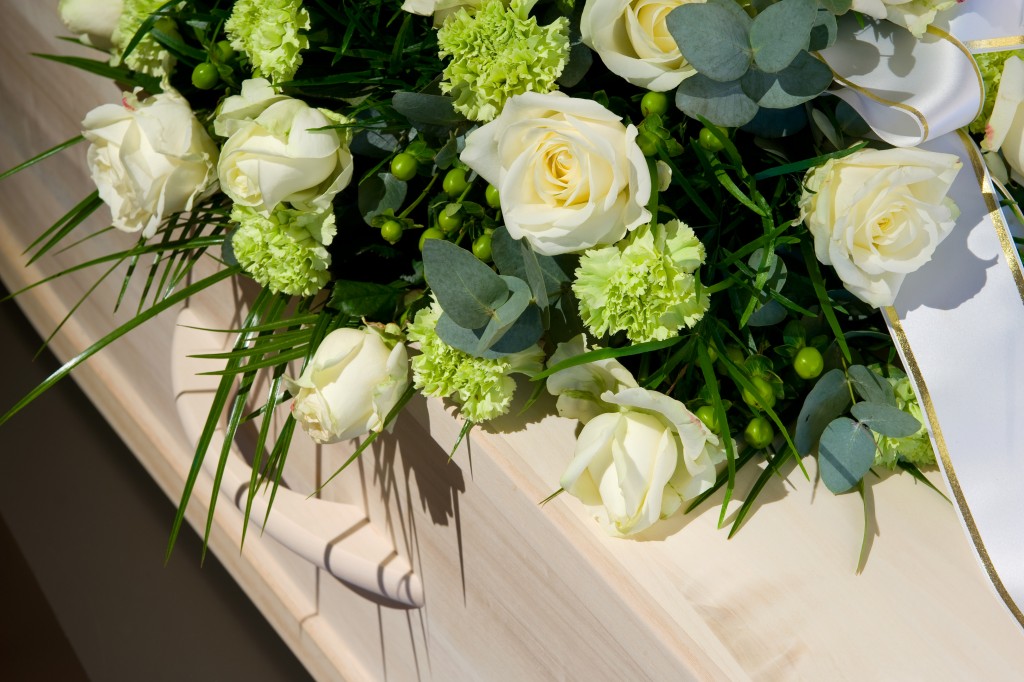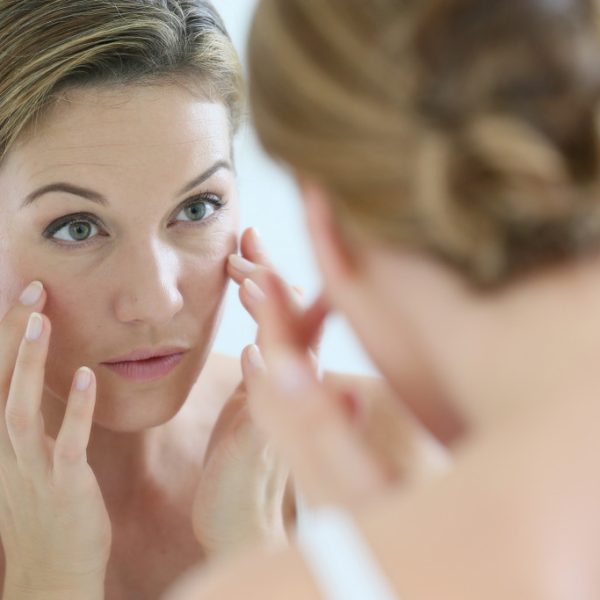The popularity of rooftop gardens has blossomed over the years. A survey has found that there were more than 1,000 completed projects in 2017. In fact, San Francisco has even passed a law that requires certain buildings to have green roofs. If you’re thinking of installing a rooftop garden, here are some of the pros and cons:
Disadvantage: It attracts insects.
Plants attract insects that carry diseases. It’s a potential nightmare for tenants since pests can get inside and invade their homes. You can prevent it with an exterminator in Park City, who uses products that are safe to use inside and outside. You avoid the possibility of contracting infectious illnesses or using harmful pesticides.
Advantage: It helps the environment.
Studies have shown that rooftop gardens can help manage stormwater and lower temperature. It can also improve air quality and absorb heat. Aside from decorative flowers and plants, roofs can also be transformed into farms.
A Chicago rooftop farm aims to produce more than 8,000 pounds of food each year with plans to expand. Meanwhile, the biggest rooftop farm business in the U.S. says that they grow over 80,000 pounds of produce per year. Green roofs allow highly urbanized cities such as Chicago and New York City to have space for farms, which would not be possible otherwise.
Disadvantage: It is expensive to build and maintain.
A 2006 study by the University of Michigan compared the cost of construction between a regular rooftop and a green roof. It found that the latter would cost $464,000, while the former would amount to only $335,000. If you take inflation into account, the difference is even bigger. The Environmental Protection Agency (EPA) projects that the maintenance of a green roof costs from $0.75 to $1.50 per square foot. The price could go higher depending on the landscaping and the types of plants chosen.
Advantage: It can save you money in the long run.
The General Service Administration estimates that the savings over a 50-year period amount to $19 per square foot. It also found that maintenance costs would decrease as time goes on. Because green roofs act as insulators, they reduce energy costs for the building. The Chicago City Hall saves approximately $3,600 in heating costs, according to EPA.
Disadvantage: There are a lot of requirements for a green roof.

A rooftop garden must meet the standards set by the Utah state government. You should check that the plumbing and electrical capabilities of the building can handle the garden. If your building is old, you may need to consult a professional to determine whether it can be installed.
Advantage: It improves the building’s appearance and the mental health of the tenants.
A rooftop garden sets a building apart in a city full of skyscrapers. It can also add much-needed color and diversity. A study has compared the effect of people viewing a green roof and a plain, concrete rooftop. It discovered that 40 seconds of viewing vibrant green roofs could improve the attention span and focus of people.
Rooftop gardens provide an escape from the concrete and screens in a modern city. They have proven benefits for the environment, mental, and physical health of people. If you’re planning to build a green roof, remember to think of the big picture.




